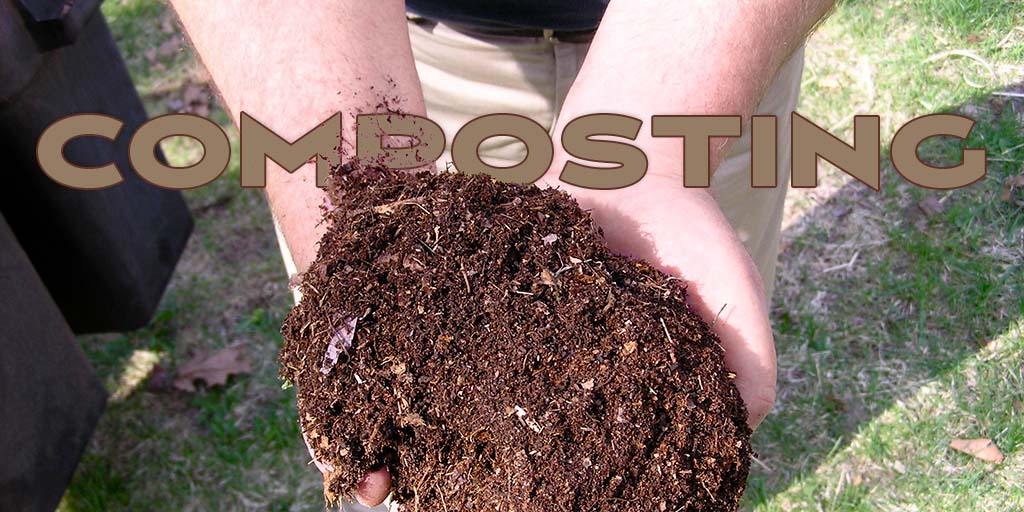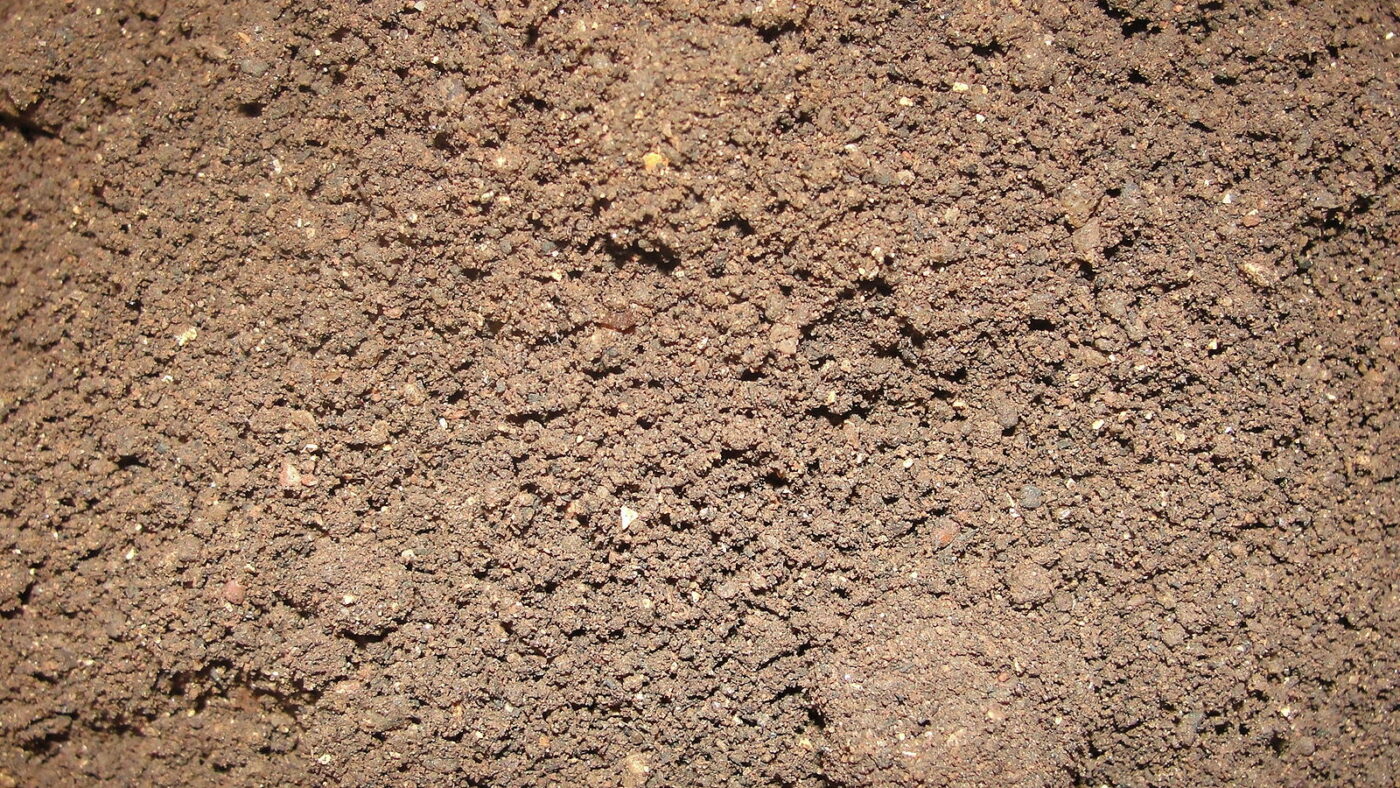Why Should You Consider Composting?

Composting is a hands-on gardening practice that is growing in popularity. It’s a great way to involve yourself in fertilizing your soil. Not only does it add helpful nutrients, but it’s also a fantastic way to recycle your kitchen and yard waste. Composting also reduces landfill waste, contributing to a healthy environment. It can also be a great family activity. Getting kids involved in composting introduces them to a different side of science.

Materials required:
What exactly are the proper components for composting? A healthy compost pile should have a much higher carbon than nitrogen. A good ratio to stick to is one-third nitrogen to two-thirds carbon.
Carbon-rich materials give your compost pile its light, fluffy body. That includes stems, dried leaves, sawdust, coffee grounds, and eggshells. The carbon in your pile provides an energy source for enzymes and microorganisms, allowing them to break down organic matter better!
Nitrogen is essential to your pile because it produces enzymes. Enzymes help to break down the materials into dirt. Don’t confuse enzymes with microorganisms; enzymes are not alive. They are chemical in nature, while microorganisms and bacteria have cells. Bacteria and microorganisms will find your pile naturally. But both these bacteria and enzymes need carbon to give them food and energy. Food scraps, green lawn clippings, and green leaves contain lots of nitrogen.
While these things are fantastic to add to your compost pile, there are some materials you should avoid. Meat, bones, and fish will attract pests. Perennial weeds or diseased plants will spread disease to your soil. Pet manures are toxic, and fruit rinds contain pesticide residues that are also harmful.

How to start your compost pile:
Now that you know what and what not to add, here is a rough outline to get your very own compost pile started:
- Start on bare earth as this will allow worms and other organisms to help in the breakdown process.
- Lay twigs or straw down first to aid in draining away excess moisture.
- Add your composting materials in layers. It would be best to alternate wet (food scraps, tea bags, etc.) and dry (straw, leaves, wood shavings).
- Keep your pile moist to keep the bacteria and other microorganisms alive.
- Cover the compost pile with whatever you have (wood, plastic, or tarps, for example). That will keep in heat and moisture without it getting over-wet or soggy.
- Turn the pile every few weeks to add oxygen. Oxygen is necessary for the breakdown process. Why? Because it keeps your microorganisms and bacteria alive. When adding more materials to your pile, mix it with the rest of everything instead of layering it on top.
When will your compost be ready to use?
Over the next few months, keep an eye on your pile. The size of materials used, how involved you are, and the intended use are important factors to keep in mind. Depending on those factors, your compost could be ready to use anywhere from a month to a year. You’ll know it’s ready when it looks, feels, and smells like fresh, dark soil instead of rotting vegetables. It should also have the consistency of rich earth!
Enjoy!
Once you have your finished product, you’re ready to use your compost. There are many uses for your compost. Some common uses are mulch, fertilizer for gardens, and lawns. You can also use it to mix potting soil or use it as a fantastic topsoil in either a flower or vegetable garden. The possibilities are endless, and your garden will thank you.
